What is cryptocurrency?
The answer, like many questions in the world of finance and technology, depends on whom you ask. Some say it's a new form of money that uses cryptography to protect transactions from being altered or counterfeited. Others describe it as digital gold: an investment product with no central bank backing it up.

Source
In fact, the term "crypto" can refer to any kind of encrypted algorithm—meaning that whether we're talking about Bitcoin, Ethereum, Ripple, Litecoin, Dash, or others, all these cryptocurrencies are simply programs running on computers. But since they use different algorithms, their owners think of them very differently.
Bitcoin enthusiasts claim it is a revolutionary new asset class created by Satoshi Nakamoto, while altcoins such as Dash and Monero have been embraced by privacy advocates who see them as alternatives to government-backed currencies.
The reality is that dozens of crypto assets exist today, and hundreds more will be launched over the coming years. For investors, this means there's a lot to learn.
To kick things off, here's a quick overview of how cryptocurrencies work. We'll start with what's known as proof-of-work mining, which is the basis for nearly every cryptocurrency in existence today. Then we'll cover something called mining pools, where people come together to combine their computing power to mine new coins.
A Brief History
A brief history of cryptocurrency starts with the first ever electronic currency, the DigiCash system, published by David Chaum Szabo in 1990's. It was designed to operate entirely within a computer network and used digital signatures to authenticate transactions between its members. The business did close down on claims of bankruptcy, but it did pave the way for the creation of digital cash systems that eventually became cryptocurrencies.
Today, digital currencies still rely on some version of the same concept, which is known as proof-of-work mining. This involves using a distributed network to solve difficult cryptographic problems, and then rewarding the winner with a certain amount of newly minted currency. In practice, this process requires huge amounts of computing power.
Proof-Of-Work/Mining Pools
Mining pools are groups of miners who pool their resources to help one another mine new coins faster than they could alone.
The easiest way to understand proof-of-work mining is to compare it to traditional mining operations in the physical world. Imagine if you had to dig through a mountain to get to the gold. If you were lucky enough to find gold nuggets, you might keep those and try to sell them individually. Or you could keep digging, hoping to find more nuggets. You'd probably want to do both. But one thing is clear: You wouldn't expect to go mining for gold without building a proper mining operation.
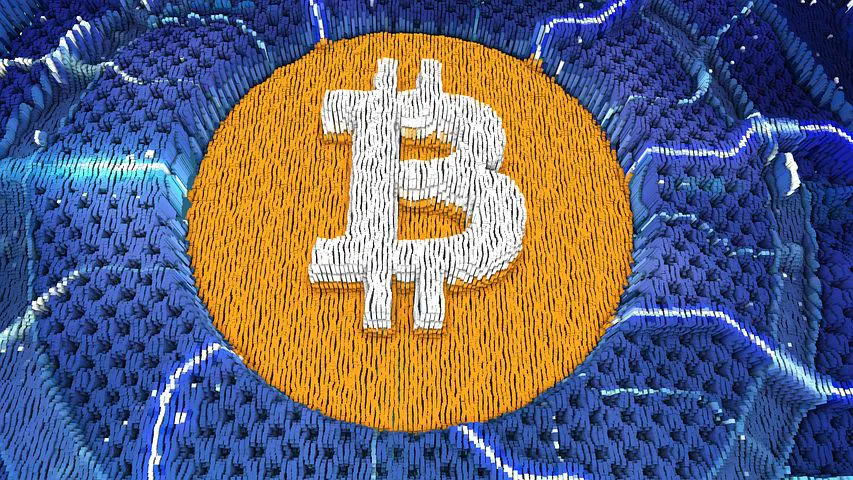
Source
In the same way, mining new cryptocurrency involves solving an incredibly complex computational puzzle, and the first person or group to crack it wins a predetermined number of coins. The great news is that once you've cracked the problem, your task isn't done. Because each time you solve the problem, the reward gets smaller and smaller until it reaches zero. At that point, the next miner in line can take over and continue to mine more crypto tokens.
This is the reason why mining pools are so important. They allow individual miners to pool their resources together and reduce the amount of energy and effort required to solve these puzzles. It also means that the first miner to solve a given puzzle doesn't own all the coins; rather, everyone who helped solve it does.
Cryptocurrency Algorithm
Cryptocurrencies use a variety of algorithms, but a popular one is called SHA256.
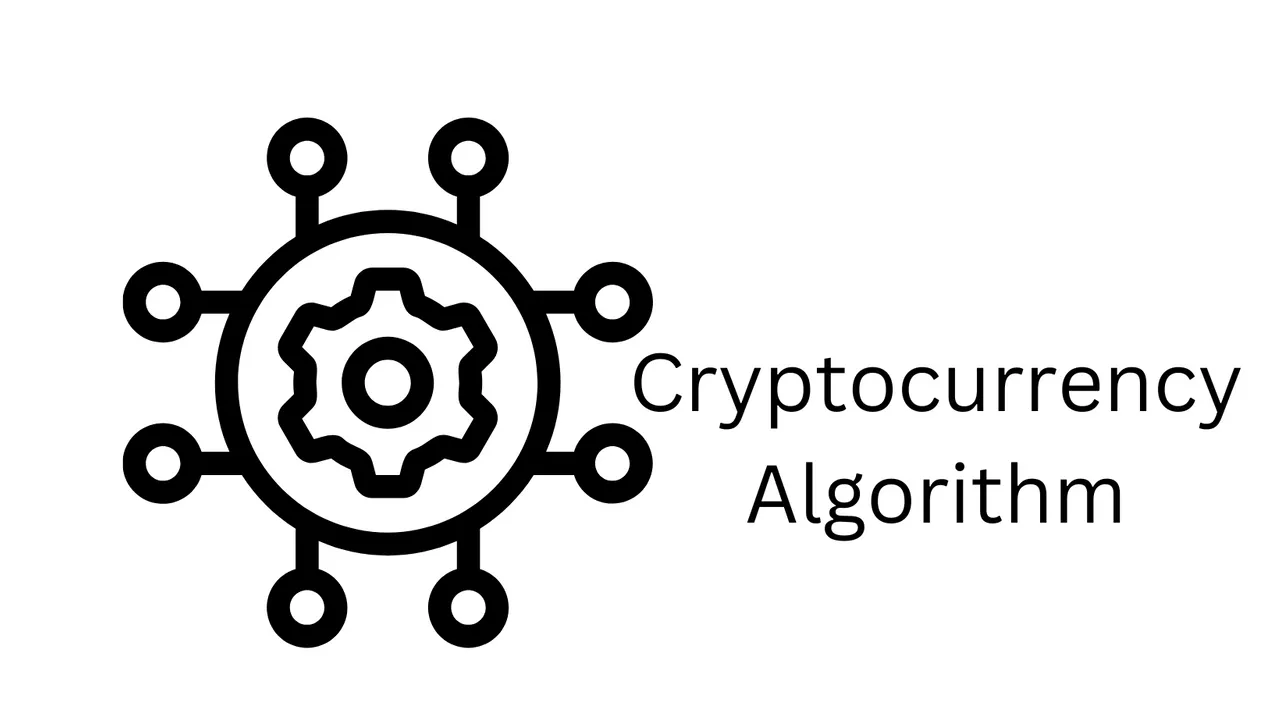
Source
Consider the following example. Let's say Alice wants to make a transaction on the Ethereum network. First, she needs to determine a random number, which we'll call x. Then, she has to compute the hash value for her message (this is where we get the name "hash"). She combines this with the public key associated with the account she wants to spend the funds from and creates a new string of text.
Alice then sends the hash and the string of text to another person, Bob, who receives a payment in return for verifying the transaction. He then adds the hash and the string of text to his copy of the public ledger, which he shares with other members of the network. If Bob finds a match, he broadcasts this information along with the transaction. This helps prevent double spending, which is when someone makes multiple payments.
Once the new transaction appears on the blockchain, Alice can now collect the money she sent to Bob. This happens because the hash of the new transaction is tied to the old transaction, which was broadcast long ago. Therefore, Alice can prove that she owns the funds and has already spent them, even though no one else in the network sees this transaction yet.
This example demonstrates how a cryptocurrency network works. As the number of transactions increases, it becomes increasingly difficult and time-consuming to verify each one. That's why mining pools have been such a critical component of the overall ecosystem.
The Largest Mining pools
When it comes to mining, there are three major pools operating today: Antpool, BTC.com, and F2Pool. Collectively, they control over 90 percent of the total hashing power on the Bitcoin network. These pools provide a shared platform for miners to join forces, reducing the cost of running a mining rig while allowing them to compete with each other for rewards.
The largest mining pool, Antpool, is controlled by Chinese company Bitmain Technologies, which also runs its mining hardware operations. The second-largest pool, BTC.com, is owned by Bitmain and was founded in 2015. F2Pool, meanwhile, is a mining pool based out of China and was founded in 2013.
These pools dominate the market because they offer a wide range of benefits to their users. For starters, the pools share the burden of processing transactions across their network, meaning that miners don't need to worry about managing their machines. They're also free to sign up and use the pools' services, which include web applications that allow miners to manage their rigs remotely and monitor how much money they're making.
Each pool sets its price structure for mining contracts and pays out in different ways. For example, BTC.com offers daily payouts, while F2Pool allows its members to earn additional revenue by renting their spare computing power to third parties.
Of course, mining pools aren't without controversy. They're often accused of taking advantage of smaller players, who may not be able to afford the high fees charged by large pools. Some people fear that these pools will eventually become too powerful and centralize mining into just a handful of hands.
There's also the concern that mining pools will collude to create artificial scarcity and manipulate prices.
While this is certainly possible, there's little evidence to support that such behavior is widespread among today's mining pools. And the fact remains that the success of cryptocurrency networks relies heavily on the existence of mining pools.
Mining for Altcoins
It's important to understand that most cryptocurrencies are mined using the same proof-of-work algorithm. So if you want to mine a specific coin, you'll need to purchase the necessary equipment and start mining it.
However, some projects are designed specifically to incentivize mining, rather than using mining as a method for distributing currency. In these cases, the developers of the coin design an algorithm that allows anyone to mine their coins at any time.
For instance, Litecoin uses an algorithm called Scrypt, which is far easier to mine than Bitcoin and Ethereum.
In all cases, the goal is to make mining more accessible to average investors. By doing so, the creators hope to foster more widespread adoption of cryptocurrencies.
There is a downside to these plans. The difficulty of mining a new coin increases dramatically after a while. This is the period when mining becomes too expensive for everyday individuals and small businesses to participate in.
Although this problem exists for all cryptocurrencies, it's perhaps most pronounced for those that use proof-of-work algorithms.
Why Proof-of-Work?
Proof-of-work is a system designed to secure the blockchain by solving complex mathematical problems. It's essentially a way for a computer or group of computers to securely check the validity of a transaction without revealing the identity of the sender or receiver.
Bitcoin and many other cryptocurrencies rely on this technology to ensure that only valid transactions are processed. The process involves generating a string of numbers, which is called a hash. A unique set of inputs creates a unique hash. Therefore, each transaction must be verified using the correct hash before it's added to the public ledger.
The mining process used to verify new transactions is what allows cryptocurrencies to exist in a decentralized manner. Miners work together to verify the validity of a transaction, thereby preventing malicious actors from changing the database. Since all necessary measures are taken in the blockchain, there's no chance of tampering.
As of March 2018, the combined computing power of all Bitcoin miners (the people who run mining rigs) exceeds 500 petahashes per second. As a result, Bitcoin requires a whopping 54 gigawatts of electricity to operate.
That's enough energy to power 14 million homes, however, the mining industry has responded by building new facilities that can generate additional electricity, so the situation isn't as dire as it may seem.
What About Mining Hardware?
As a general rule, you shouldn't buy your first mining rig until you have a few months' worths of income saved up. Most miners spend anywhere from $1,000 to $10,000 on their first rigs.
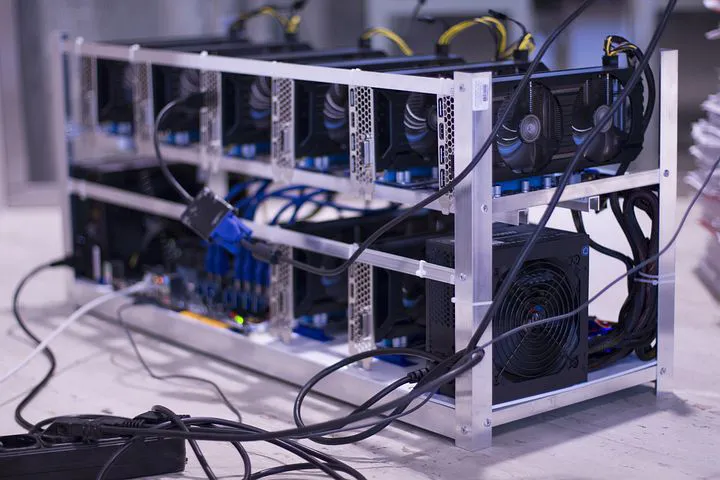
Source
This is because a good mining rig is expensive. You should expect to pay between $500 and $2,000 for a computer with a powerful graphics card.
If you really want to get serious about mining, then you'll need to invest in a full-fledged machine that's capable of handling hundreds of individual processes simultaneously. These rigs can cost as much as $20,000 and require specialized software to manage an enormous number of processes.
But mining hardware is only one part of the equation. You'll also need to consider the costs associated with running a mining rig, including:
Rent:
Renting space in a data center is another significant expense for miners. Many companies offer commercial data centers where you can rent rack space and power, but some even go as far as offering access to mining rigs.
Electricity:
Unless you're lucky enough to live somewhere with low electricity rates, you'll need to factor in the cost of running your mining rig.
Electricity is highly variable, and you'll need to budget accordingly.
Heat/Cooling:
If you plan on operating a mining rig in an enclosed environment, you'll need to take steps to keep it cool.
Otherwise, your mining rig could burn out due to overheating, reducing its lifespan and making it less profitable.
Other Expenses:
Maintenance, repairs, and other costs are inevitable. If you don't know anything about maintaining a mining rig, you could end up spending quite a bit of money on costly repairs.
Ultimately, mining is a complicated business. Although it's possible to generate profits from mining, it takes time and capital to get started. And you might not receive a return on your investment anytime soon.
Before committing to any mining venture, it's always a good idea to do extensive research into the specific cryptocurrency you want to mine. That way, you can determine how difficult it will be to find cheap blocks while keeping your costs under control.
How Can you Make Money From Mining?
Mining requires investing in computer hardware, which is designed to solve complex mathematical problems. When you solve these puzzles, you earn a reward in the form of new coins.
Mining can be a lucrative endeavor if you play your cards right. But it's important to remember that mining is a long-term investment strategy.
You won't see a return on your investment for months or years, which means you shouldn't put all of your savings into mining. Instead, start small and build up a reserve of funds that you can dip into over time.
Once you have a solid bankroll, you'll be able to purchase more mining rigs and generate higher returns. But that doesn't mean you should try to become a millionaire overnight.
However, the amount of money you can generate depends on how much hardware you purchase and how competitive your location is.
It's impossible to predict how many new coins will be released in the future, so it's best to approach your mining operation conservatively.
Here are three methods for earning a profit through mining:
Incentivized Mining
Incentivized mining refers to a method for allowing smaller miners to compete with larger mining operations. With incentivized mining, miners are rewarded for their efforts.
For example, ASIC chips typically aren't available to the general public. This forces large-scale miners to buy these machines directly from manufacturers.
However, if you create a pool of miners who have access to the same equipment, you can form an incentive scheme to encourage them to use your hardware.
In turn, you'll share in the rewards generated by their mining efforts. It's a win-win scenario because it gives small miners a chance to compete with their larger counterparts without having to invest millions in mining hardware.
Proof-of-Work
Proof-of-work works similarly to a lottery. It is a type of consensus algorithm used by cryptocurrency networks. Anyone who wants to participate in mining needs to solve a complex mathematical problem, which requires an enormous amount of computing power.
It relies upon a mathematical puzzle to validate blocks and prevent fraud.
By solving these puzzles, users can earn new coins and increase their chances of earning a payout from a mining operation.
Since this process consumes a lot of resources, it's designed to prevent malicious actors from mining blocks on an ongoing basis. This is why it's common practice for cryptocurrencies to reward miners with new coins based on the difficulty of the proof-of-work algorithm.
Although most cryptocurrencies will eventually switch to a different mining protocol, there are still plenty of profitable coins that rely on Proof of Work.
Mining Pool
A mining pool is a group of individuals who join together to solve difficult mathematical problems using their combined computing power. Once they've completed the task, they split the rewards among themselves.
The biggest benefit of joining a mining pool is that it allows you to use your entire network's power. For instance, if you had a single mining rig, then you'd only earn a fraction of the total rewards associated with a block.
However, if you joined a mining pool, you'd receive a proportional cut of the returns generated by the other members' efforts.
A mining pool can help you save time and money when compared with setting up your mining rig. But bear in mind that every member of your mining pool shares the same risks, so you could lose a substantial portion of what you've earned if your pool experiences downtime.
What Are The Best Cryptocurrencies To Mine?
There are hundreds of cryptocurrencies available, each with varying degrees of popularity, value, and profitability. Given the sheer number of options available, it can be difficult to choose a cryptocurrency you can trust.
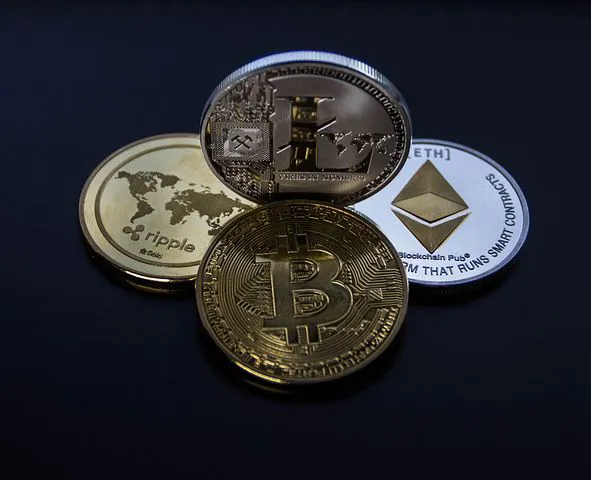
Source
Luckily, several resources exist online that rank popular cryptocurrencies based on profitability, market capitalization, and other factors.
Here are two of the top websites for researching cryptocurrencies;
CoinGecko
CoinGecko offers an excellent resource for comparing cryptocurrencies. You can use the site to search for specific coins or filter results based on factors like price, difficulty, and hash rate.
It also features a ranking system that ranks coins according to their expected profitability. You can check out the rankings on CoinGecko's homepage.
CryptoCompare
CryptoCompare is another useful website for researching cryptocurrencies. Like CoinGecko, it lets you search for specific coins. But it also includes a comparison feature that allows you to compare multiple currencies side by side.
What Are The Biggest Risks Of Mining?
Like any business model, mining comes with its fair share of risks. Although you're unlikely to lose everything, it's important to be aware of these potential pitfalls before getting involved in this field.
High Electricity Costs
One of the biggest challenges associated with mining is dealing with high electricity bills. Most mining rigs require a lot of energy to operate, so it's not uncommon for mining operations to rack up significant utility costs.
This is particularly true for miners who set up shop in rural areas, where natural gas and hydroelectric power are cheap. As a result, miners often end up spending more on electricity than they make on mining profits.
In fact, some miners even sell their mining rigs to offset these expenses. But if you want to avoid these high utility bills, then it's best to locate your mining rig near a city that has access to inexpensive power sources.
Low Profitability
Another major risk of mining is low profitability. Some cryptocurrencies can take years to develop, which means that it might be years before you begin generating sizable returns.
Some enthusiasts even go as far as predicting which coins are going to be successful in the future. These predictions are usually based on technical analysis, but you can also learn about upcoming coins by reading industry news stories and doing research.
How Can you Get Started Mining Cryptocurrencies?
If you're interested in learning more about mining cryptocurrencies, then you should consider taking advantage of one of the many courses offered online.
These tutorials cover everything from setting up your mining rig to discovering profitable coins. And since most of them are free, they provide an easy way for anyone to get started.
What Is Blockchain Technology?
Blockchain technology is a digital ledger that uses encryption to record transactions across multiple computers and verify the authenticity of any given transaction.
Essentially, blockchain makes it possible to transfer assets between parties while keeping a complete record of these transactions. In addition, it helps keep records updated in real-time
These characteristics make it well suited for recording the ownership of cryptocurrencies. Blockchains also serve as the backbone of the Bitcoin and Ethereum networks, which enable users to send and receive funds.
What Is Proof-Of-Stake?
Proof-of-stake is a variation of proof-of-work used by some cryptocurrencies, such as DASH and Zcash. Instead of requiring users to solve a complex mathematical problem, these coins use a verification process known as staking.
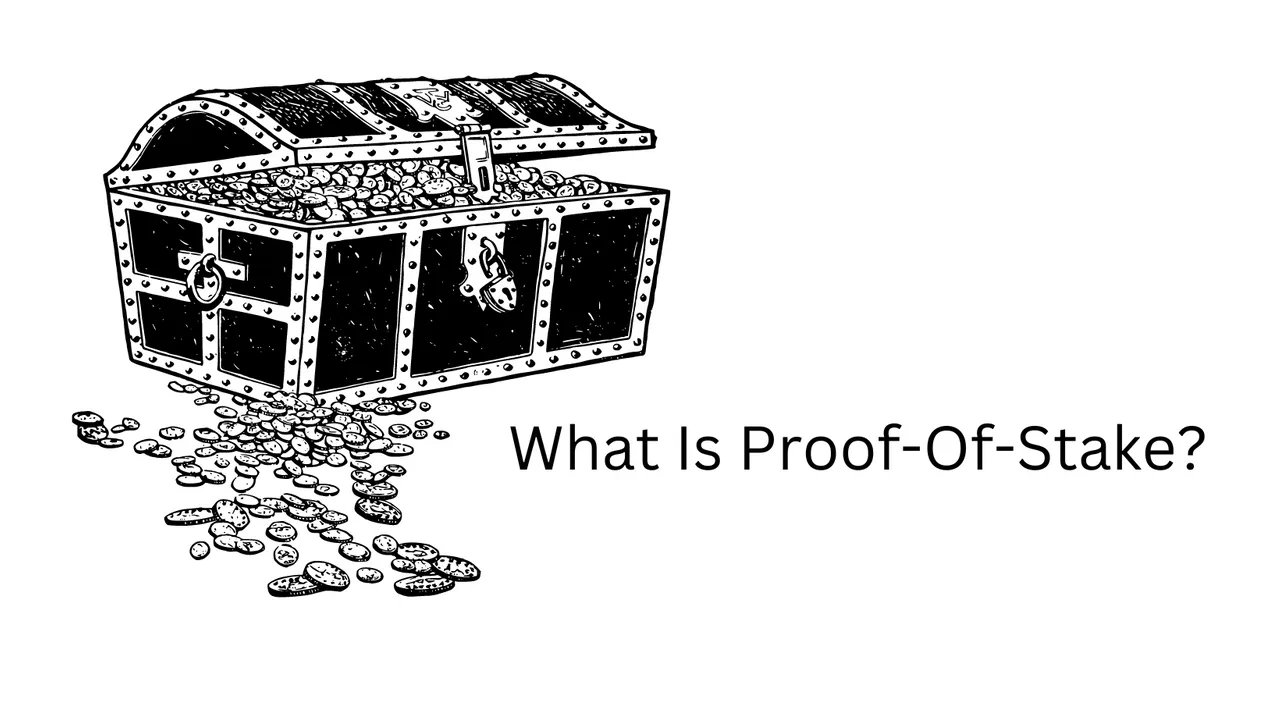
Source
Users with higher stakes can confirm transactions faster than those with less, which improves efficiency and increases the likelihood of a payout. However, this method doesn't come without its risks.
For example, large mining pools can accumulate enough stakes to influence the outcome of staked transactions, which introduces a level of corruption into the system.
What Is A Smart Contract?
Smart contracts are self-executing agreements entered into via a public blockchain network. They're a bit similar to traditional legal contracts, except they don't require a third party to enforce them.
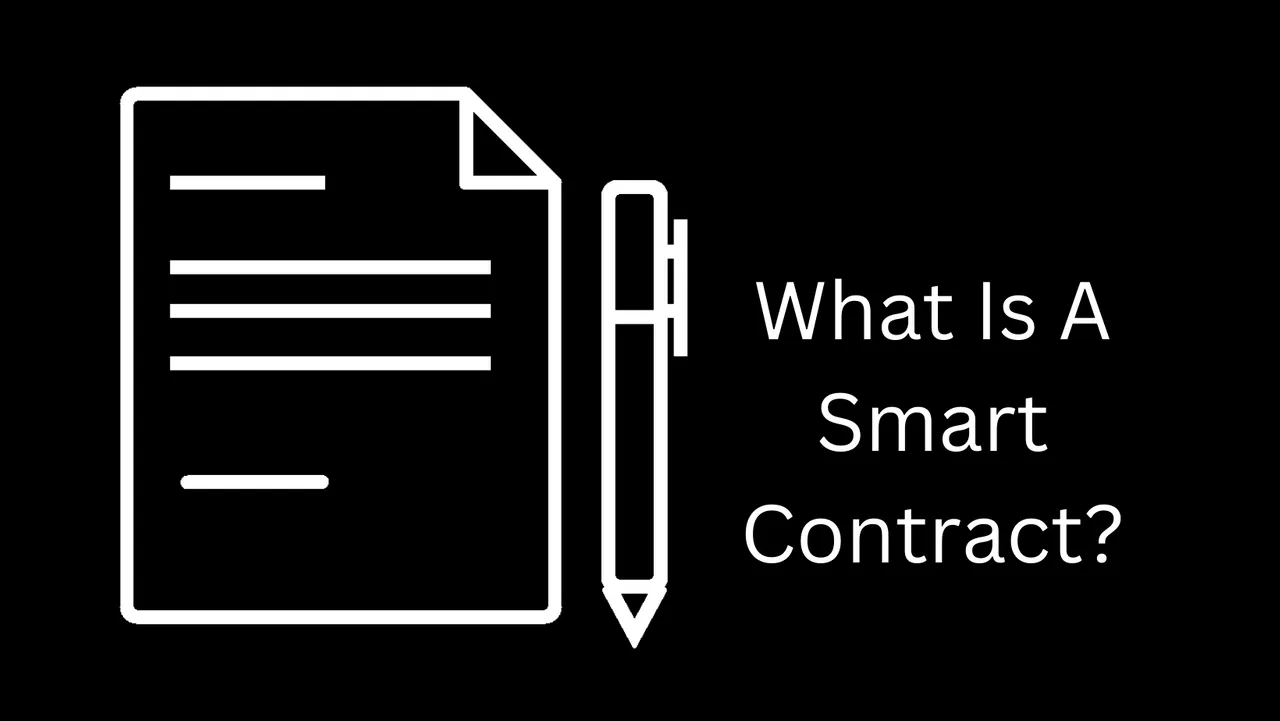
Source
Instead, smart contract platforms rely on an automated system to confirm the validity of a transaction and determine if payments are made. This helps reduce costs and simplify the execution of financial agreements.
In this case, the digital currency Ether acts as a medium of exchange for the smart contract which is stored within Ethereum's blockchain network (more about that later). The Ether can be used to pay for any number of transactions in the network such as issuing new assets or executing an agreement. In essence, it works like a virtual wallet that allows users to interact with the Ethereum ecosystem without relying on a central authority.
The first ever smart contract was called the "Enigma Project," created by Nick Szabo back in 1996, but it didn't see widespread adoption until 2016 when Ethereum was launched. Ethereum has since become one of the most popular cryptocurrencies out there thanks to its massive growth rate – it now has more than 100 million users and counting!
Now, you might have heard of Bitcoin, Litecoin, or Ripple before. While these are all digital currencies, Ether is different because it runs on the Ethereum platform. You can use Ether for everything other currencies do, but it also offers additional features that make it unique. For example, it supports decentralized applications (dApps) and smart contracts.
Ether is both a cryptocurrency and a platform for launching dApps. It's the second most valuable crypto-coin after Bitcoin, and it's often referred to as the gas that powers many Ethereum-based smart contracts.
Ethereum's Blockchain Network
The Ethereum blockchain is a distributed ledger technology that records every single transaction made within the network. This makes it incredibly secure and reliable.
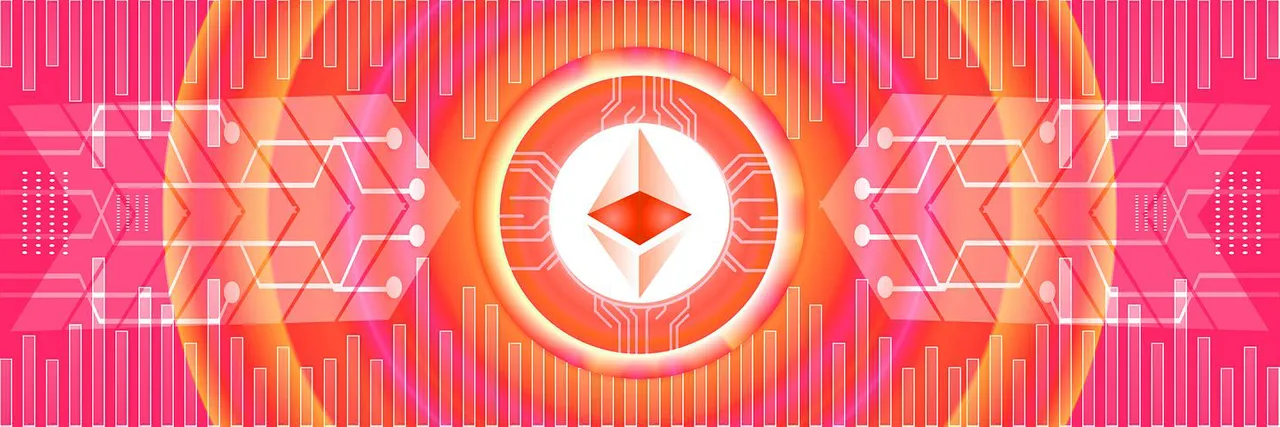
Source
Unlike centralized databases, it doesn't store all your data in one place – instead, it distributes it across several nodes. Each node stores some amount of information and controls access to the network.
This means there's no central authority controlling the entire network. If someone gains control over the majority of the nodes, then they could potentially disrupt the entire system. However, that's extremely difficult to achieve because each node requires a certain amount of computing power to process the transactions. This makes the network highly resistant to attacks, as well as costly and time-consuming
There are many advantages around this kind of distributed architecture. One of the biggest benefits is speed. Decentralized networks are much faster than centralized ones because they avoid bottlenecks. Another advantage is scalability. Because the network is distributed across multiple nodes, adding more nodes doesn't cause any problems.
This makes it possible to support millions of simultaneous users and execute thousands of transactions per second. That's why Ethereum has quickly become the go-to platform for launching smart contracts.
Ethereum Is A Cryptocurrency Too
As we've already discussed, Ether is the fuel that powers many Ethereum-based smart contracts. It's also the currency that's used to pay for transactions on the network.
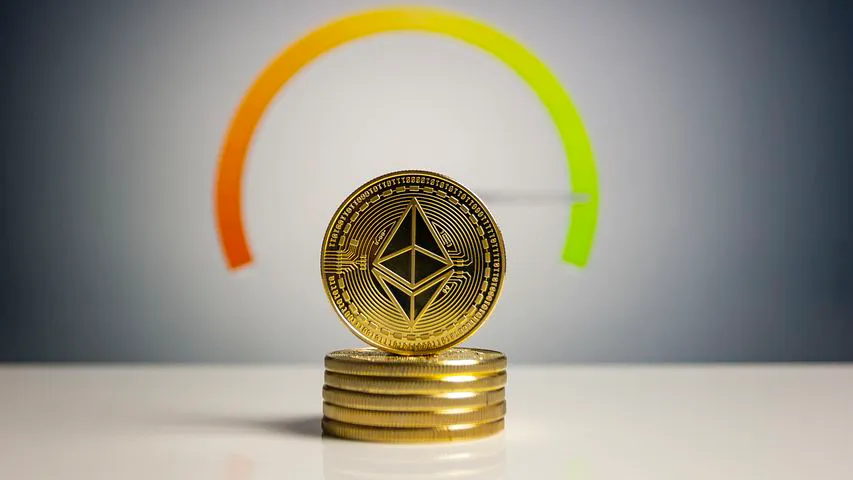
Source
However, Ether isn't just another cryptocurrency. Like Bitcoin, Ether is mined using specialized mining software. Mining involves solving complex mathematical puzzles, which results in the creation of new Ether tokens.
The Ethereum Foundation started the Ether token sale in the middle of 2014, and it raised $18 million between July 22 and September 2.
Recommended reading
Litecoin (LTC): What It Is, How It Works, Vs. Bitcoin
A Short History of the World’s Largest Bitcoin Mining Pools
The 21 companies that control bitcoin
Bitcoin Mining Pools Explained and Reviewed
How is SHA-256 used in blockchain, and why?
What Was the First Cryptocurrency?
Texas’ fragile grid isn’t ready for crypto mining’s explosive growth
SOLAR-POWERED CRYPTO MINING: CRYPTOCURRENCY MINING WITH SOLAR PANELS
How to Make Money With Bitcoin
